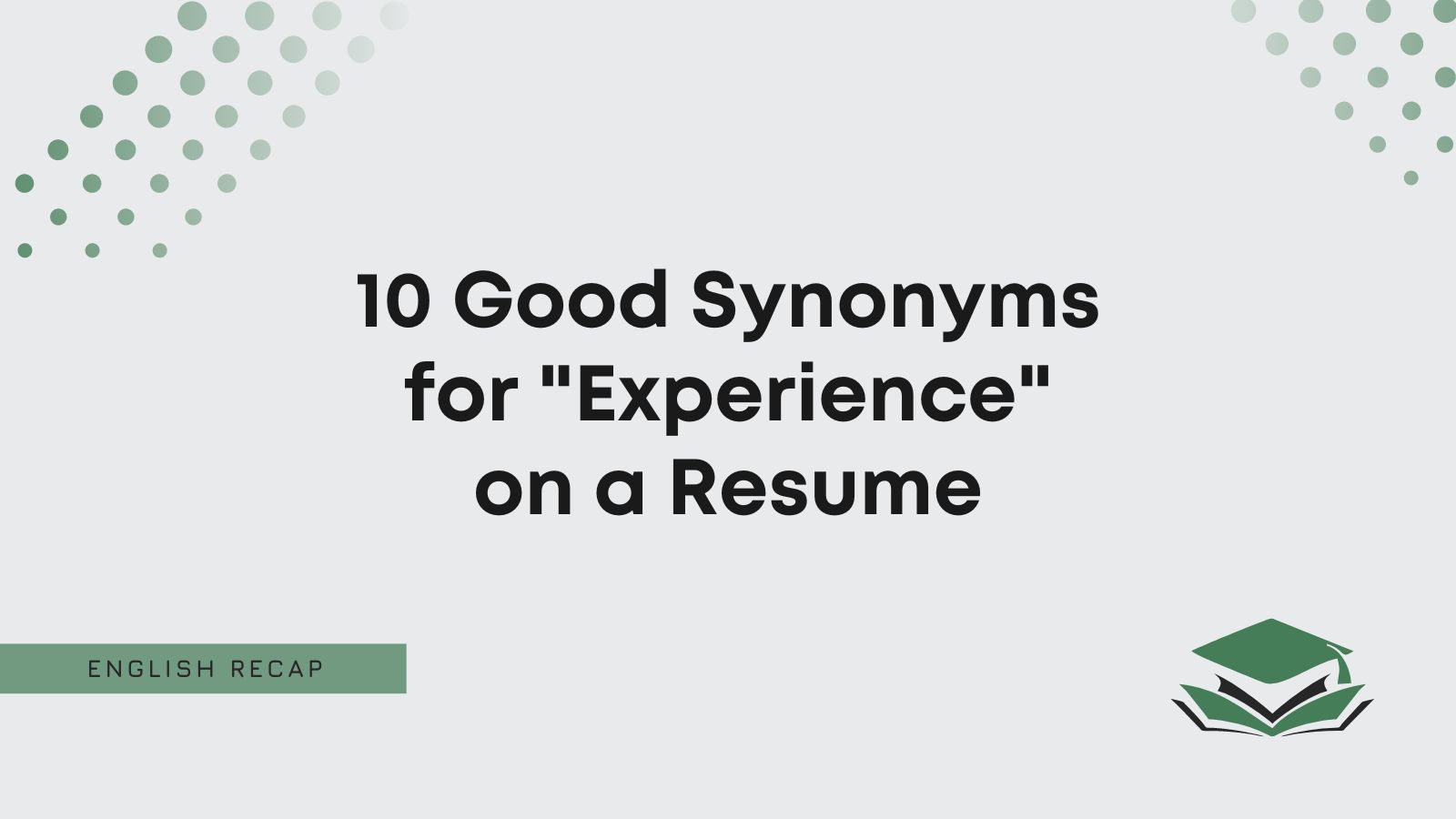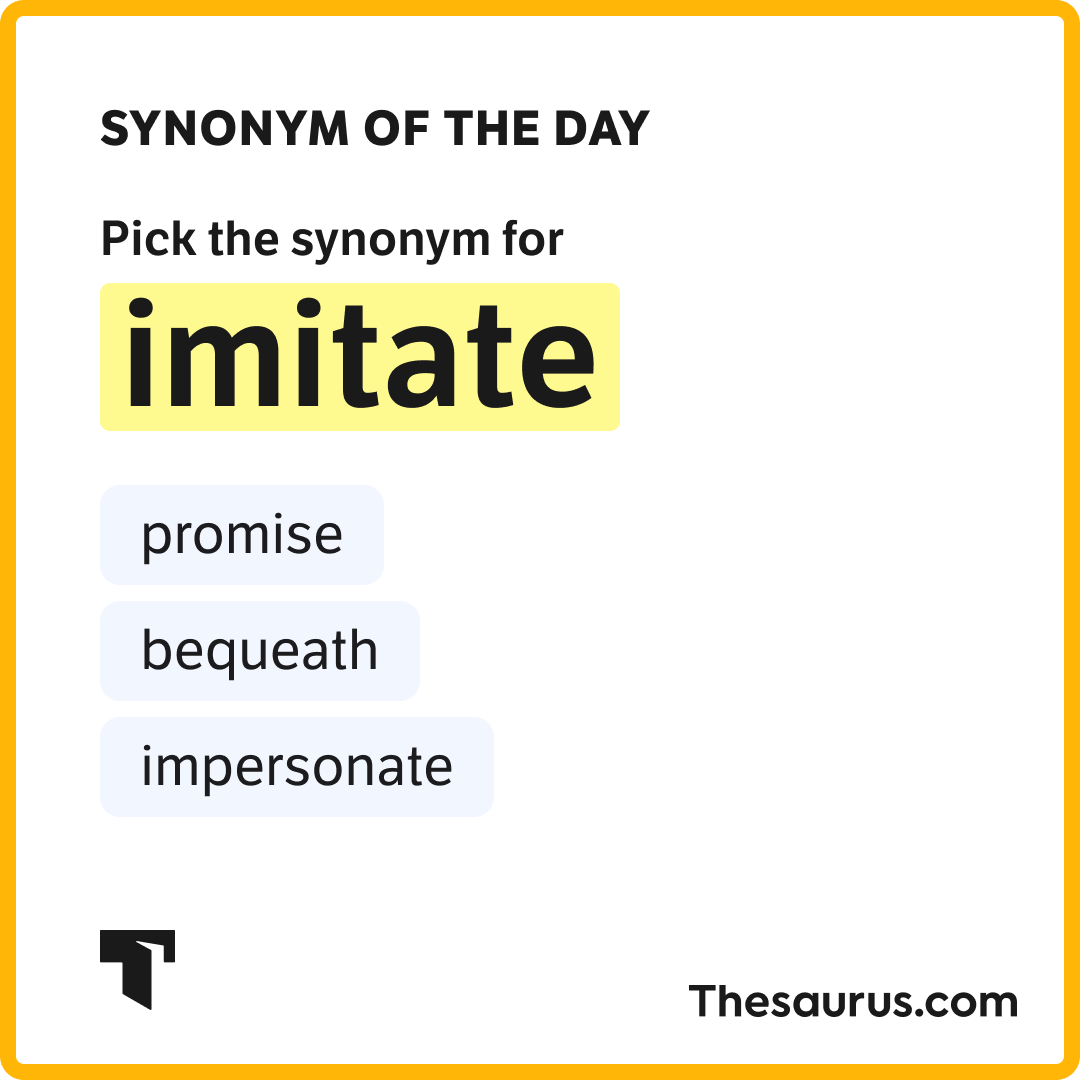PDF] Graph-based Clustering of Synonym Senses for German Particle
Por um escritor misterioso
Descrição
This paper incorporates a graph-based clustering approach for word sense discrimination into an existing paraphrase extraction system to improve the precision of synonym identification and ranking, and to enlarge the diversity ofsynonym senses. In this paper, we address the automatic induction of synonym paraphrases for the empirically challenging class of German particle verbs. Similarly to Cocos and Callison-Burch (2016), we incorporate a graph-based clustering approach for word sense discrimination into an existing paraphrase extraction system, (i) to improve the precision of synonym identification and ranking, and (ii) to enlarge the diversity of synonym senses. Our approach significantly improves over the standard system, but does not outperform an extended baseline integrating a simple distributional similarity measure.
![PDF] Graph-based Clustering of Synonym Senses for German Particle](https://www.frontiersin.org/files/Articles/1192004/fpsyg-14-1192004-HTML-r1/image_m/fpsyg-14-1192004-g003.jpg)
Frontiers Alternation preferences affect focus marking in German and English differently
![PDF] Graph-based Clustering of Synonym Senses for German Particle](https://www.biorxiv.org/content/biorxiv/early/2020/04/25/2020.04.24.059758/F2.large.jpg)
On the robustness of graph-based clustering to random network alterations
![PDF] Graph-based Clustering of Synonym Senses for German Particle](https://static.cambridge.org/content/id/urn%3Acambridge.org%3Aid%3Aarticle%3AS0022112022004293/resource/name/S0022112022004293_figAb.png?pub-status=live)
Spatial detection and hierarchy analysis of large-scale particle clusters in wall-bounded turbulence, Journal of Fluid Mechanics
![PDF] Graph-based Clustering of Synonym Senses for German Particle](https://static.cambridge.org//content/id/urn%3Acambridge.org%3Aid%3Aarticle%3AS2633289222000229/resource/name/optimisedImage-S2633289222000229_figAb.jpg?pub-status=live)
Computational prediction of ω-transaminase selectivity by deep learning analysis of molecular dynamics trajectories, QRB Discovery
![PDF] Graph-based Clustering of Synonym Senses for German Particle](https://media.springernature.com/m685/springer-static/image/art%3A10.1186%2Fs13321-015-0056-8/MediaObjects/13321_2015_56_Figa_HTML.gif)
Atom-Atom-Path similarity and Sphere Exclusion clustering: tools for prioritizing fragment hits, Journal of Cheminformatics
![PDF] Graph-based Clustering of Synonym Senses for German Particle](https://media.springernature.com/m685/springer-static/image/art%3A10.1007%2Fs10044-022-01116-w/MediaObjects/10044_2022_1116_Fig13_HTML.png)
Consensus similarity graph construction for clustering
![PDF] Graph-based Clustering of Synonym Senses for German Particle](https://orionmagazine.org/wp-content/uploads/archive/i/article_images/WorldGoneMad.jpg)
Orion Magazine - World Gone Mad
![PDF] Graph-based Clustering of Synonym Senses for German Particle](https://miro.medium.com/v2/resize:fit:1400/1*L7F2opjZN90lzalZfU_JhQ.png)
Introduction To Clustering Algorithms
![PDF] Graph-based Clustering of Synonym Senses for German Particle](https://journals.physiology.org/cms/10.1152/physrev.00040.2021/asset/images/medium/prv-00040-2021r01.png)
Comparative physiological anthropogeny: exploring molecular underpinnings of distinctly human phenotypes
![PDF] Graph-based Clustering of Synonym Senses for German Particle](https://media.springernature.com/m685/springer-static/image/art%3A10.1007%2Fs10044-022-01116-w/MediaObjects/10044_2022_1116_Fig2_HTML.png)
Consensus similarity graph construction for clustering
de
por adulto (o preço varia de acordo com o tamanho do grupo)







